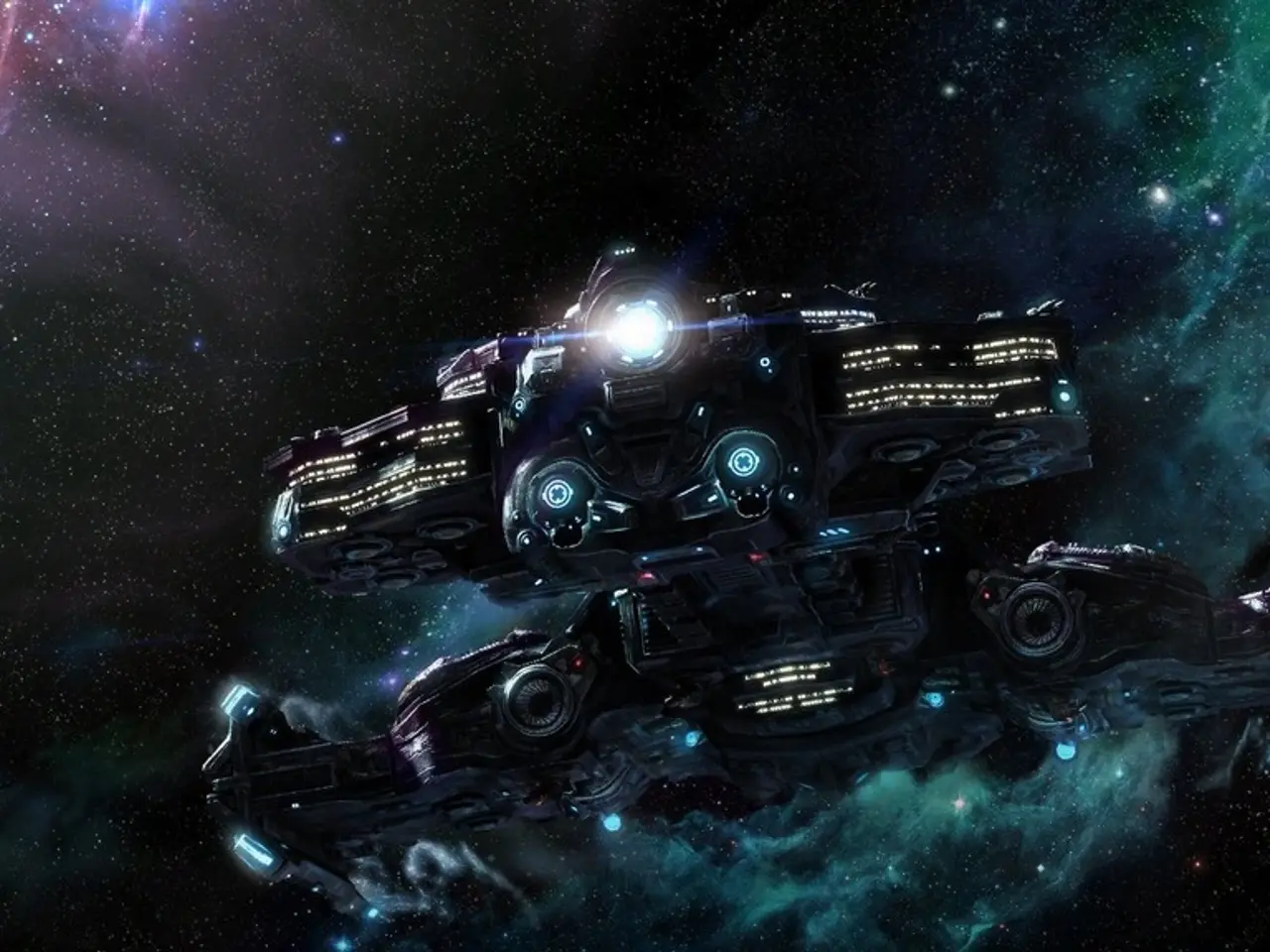The Explanation of Story Resolution in Screenwriting
In the realm of storytelling, the resolution is a crucial element that ties together the entire narrative, providing a satisfying conclusion to the central conflict and the emotional journey of the protagonist.
The Importance of a Well-Crafted Resolution
A well-written resolution redefines the events and characters that came before it, as seen in films like Arrival where the looping structure reshapes our understanding of the story. It delivers emotional payoff for the theme, character arcs, and conflicts, ensuring that the ending is anything but an afterthought.
Showcasing Character Transformation
One key aspect to focus on when crafting resolutions is showcasing the hero's evolution. For instance, in A Christmas Carol, Scrooge's resolution reveals his newfound compassion and connection to others, a stark contrast to his initial cold and bitter demeanor.
Resolving External and Internal Conflicts
A strong resolution wraps up both the main external challenge and the protagonist's internal struggles. In Her (2013), the protagonist lets go of his AI lover and reconnects with humanity, providing a cohesive ending that honors the film's emotional journey. On the other hand, in Whiplash (2014), Andrew earns the approval of his abusive mentor, but at a cost that leaves a bittersweet impact.
Ensuring Clarity and Relatability
The resolution should be clear enough for the audience to understand and relate to, reinforcing the story’s emotional impact and themes. It should leave the audience with a sense of thematic and emotional closure, as in The Shawshank Redemption (1994) where the resolution feels earned, poetic, and emotionally fulfilling.
Balancing Pacing and Authenticity
Pacing and maintaining an authentic storyteller’s voice are other techniques that influence strong resolutions. Balancing emphasis on important details without dragging the story is crucial, while heightening emotional engagement through a genuine storyteller’s voice can significantly enhance the resolution's impact.
In marketing or business storytelling, the resolution should be drafted around the product or service to help customers visualize solutions, often concluded with a call-to-action. Characters should always earn their ending through their actions and growth, as demonstrated in Breaking Bad where Walter White dies on his own terms, surrounded by the consequences of his choices, completing his arc.
Ultimately, an effective storytelling resolution is a clear, emotionally satisfying moment that reflects the protagonist’s growth and brings all major conflicts to a close, leaving the audience with a sense of closure and purpose. Whether it's a happy, tragic, bittersweet, open-ended, or poetic or symbolic ending, it should align with the tone, genre, and theme of the story, ensuring that the resolution is intentional, meaningful, and makes sense within the narrative.
In the world of screenwriting, crafting a satisfying resolution not only ties together the narrative but also enhances the lifestyle of home-and-garden enthusiasts, as it allows them to visualize and design their own endings for immersive storytelling experiences within their interior spaces. A well-written resolution for a home-and-garden movie might follow a gardener's journey toward mastering a challenging landscape, showcasing his evolution and eventual triumph over the obstacles, offering emotional payoff and a sense of relatability for viewers.




